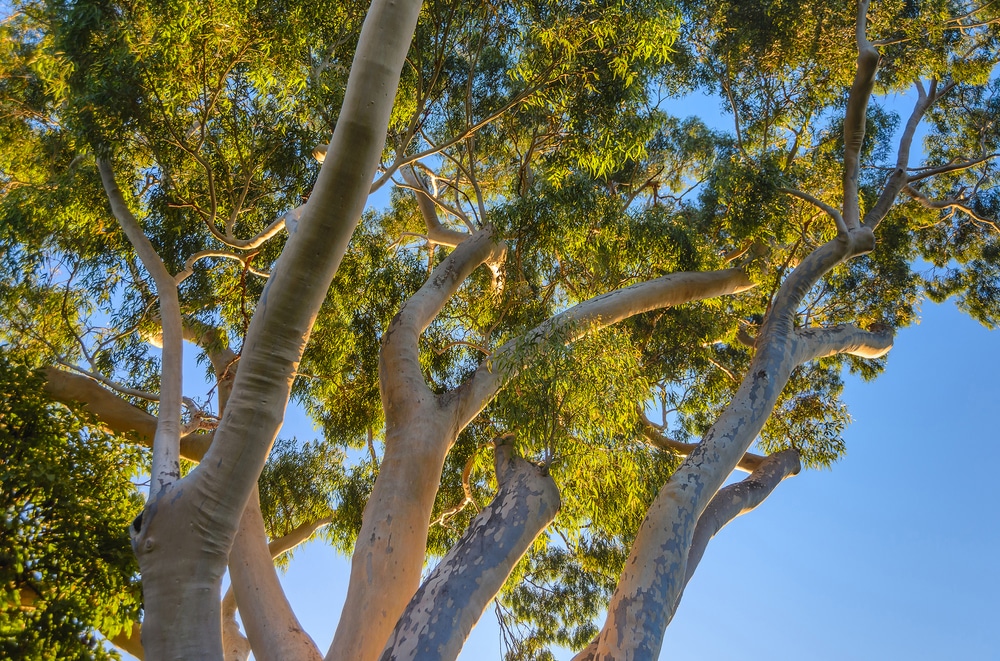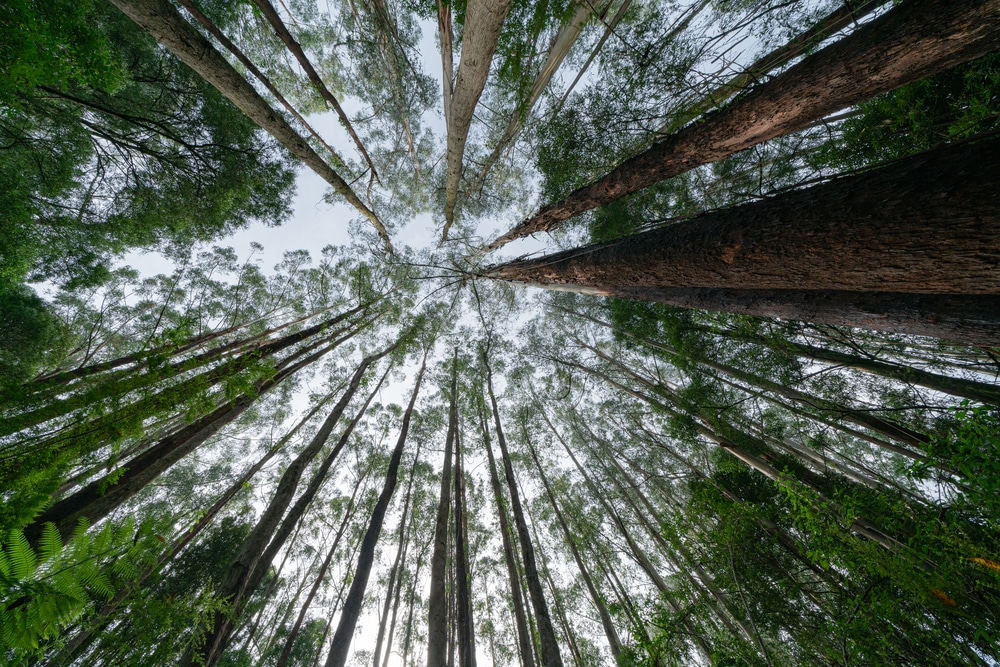Black gum trees are native to most of eastern North America, making it a fairly common tree to find, both in the wild and residentially.
This tree is pretty hardy and adaptable and may be a good tree to plant in your yard or garden. If you’re considering doing so, here are some pros and cons to think about before you do.
Pros of Black Gum Trees
Black gum trees are a fairly hardy species of tree. They can grow well in average, medium to wet soil—though they prefer moist and acidic. The tree grows best in full to partial sun but adapts to partial shade as well.
Areas that receive a lot of moisture or occasionally flood may be good areas to plant a black gum tree because of its tolerance to growing in poor-draining soils or even standing water.
This tree has some drought resistance and can tolerate Black walnuts—which may be a positive for those who struggle with Black walnuts.
In addition to its adaptability to growing conditions, the black gum tree does not have any major pests affecting it. The tree is unlikely to be severely affected by any disease or pests, which can be a problem in some areas.
This tree works well in residential areas that have a certain height or growth restrictions on trees. Black gums grow fairly straight, and their canopy is pyramidal when the tree is younger, becoming more oval as the tree matures. The mature height of the tree is around 30 to 50 feet, with a spread of 20 to 30 feet. However, some trees may exceed heights of 80 feet.
The black gum tree is a beautiful native deciduous species. The leaves are deep, dark green, and fall colors are vibrant scarlets and purples. It can be a great alternative to other vibrant tree species that are invasive (such as the Bradford pear).
Black gum trees are very hardy trees that don’t require much care once they are established. Areas that struggle with moist soil conditions, flooding, or pests may benefit from a black gum tree.
Cons of Planting a Black Gum Tree
While the black gum tree is a good choice when looking for a hardy tree species, it may not always be the best option for everyone’s situation.
Black gum trees can grow in dry, alkaline soils, but they won’t look their best. Black gums planted in highly alkaline soil are likely to be chloritic (have very light-colored leaves) and experience stunted growth. Those who live outside of zones 3 to 9 may also find that black gum trees don’t do well.
As an ornamental tree, the black gum’s rich colors can be eye-catching. But those wanting a more showy flowering tree may be disappointed.
The flowers of these trees are small and not showy—so they are unlikely to be a big spectacle. And though the fruit is edible, it may be hard to get a tree to produce fruit if there is not another tree with flowers of the opposite sex nearby.
The fruit is sour and has a large seed, so it may not be to everyone’s taste. Other flowering or fruiting trees may be more optimal if those are the main qualities desired.
Even if the tree seems to check all the boxes, know that black gums are difficult to transplant and are slow to establish. If this tree may need relocating—or this spot is temporary—a black gum would not be the best fit for the location.
Conclusion
Black gum trees can be a beautiful and hardy species to plant in suitable locations. Though the tree is adaptable, it may not be the best choice for every area and situation. There are many other trees with white bark that you could consider instead of a gum tree.

